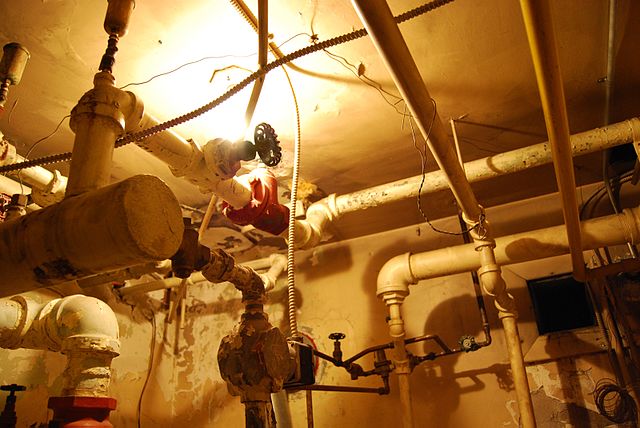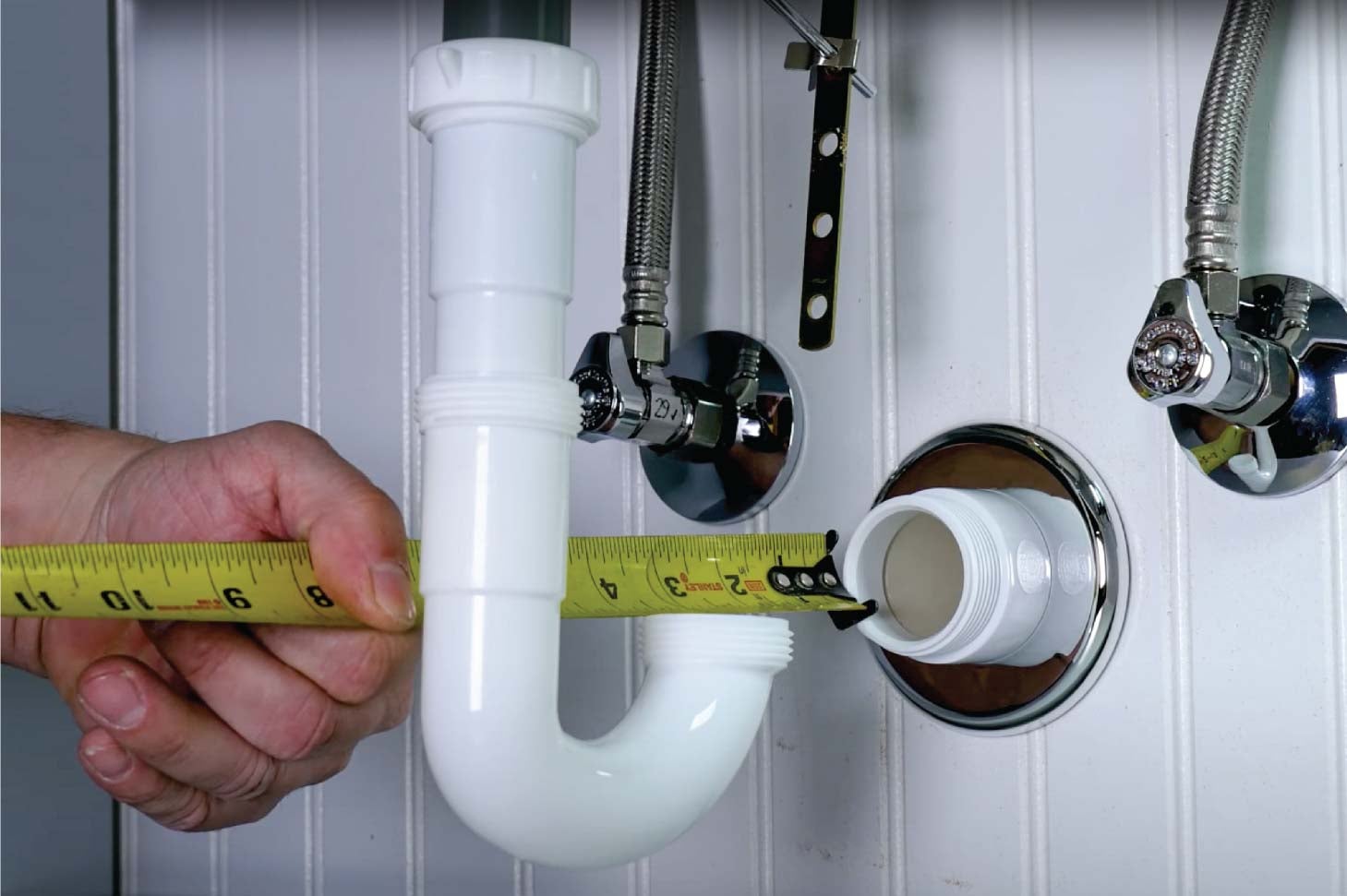We have stumbled upon this great article about Anatomy of a House: Understanding the Components below on the net and believe it made sense to share it with you in this article.

Understanding how your home's plumbing system functions is important for every single home owner. From supplying clean water for drinking, cooking, and showering to securely getting rid of wastewater, a properly maintained pipes system is crucial for your family's health and comfort. In this comprehensive guide, we'll explore the elaborate network that comprises your home's plumbing and offer ideas on maintenance, upgrades, and dealing with common problems.
Introduction
Your home's plumbing system is more than simply a network of pipelines; it's an intricate system that guarantees you have accessibility to tidy water and reliable wastewater elimination. Recognizing its elements and how they work together can help you prevent costly repairs and ensure every little thing runs smoothly.
Basic Components of a Pipes System
Pipelines and Tubes
At the heart of your pipes system are the pipes and tubing that carry water throughout your home. These can be made of numerous materials such as copper, PVC, or PEX, each with its advantages in regards to sturdiness and cost-effectiveness.
Fixtures: Sinks, Toilets, Showers, etc.
Fixtures like sinks, bathrooms, showers, and tubs are where water is utilized in your home. Comprehending how these fixtures connect to the plumbing system helps in diagnosing problems and planning upgrades.
Valves and Shut-off Points
Valves regulate the circulation of water in your pipes system. Shut-off shutoffs are critical throughout emergency situations or when you require to make fixings, enabling you to isolate parts of the system without interfering with water circulation to the entire residence.
Water System
Main Water Line
The major water line links your home to the community water supply or an exclusive well. It's where water enters your home and is distributed to various components.
Water Meter and Pressure Regulator
The water meter measures your water use, while a stress regulator makes certain that water flows at a secure pressure throughout your home's pipes system, preventing damage to pipes and components.
Cold Water vs. Warm water Lines
Comprehending the distinction in between cold water lines, which provide water directly from the primary, and warm water lines, which carry warmed water from the water heater, assists in repairing and planning for upgrades.
Drain System
Drain Pipes Pipes and Traps
Drain pipes bring wastewater far from sinks, showers, and toilets to the drain or septic system. Traps avoid sewage system gases from entering your home and also trap particles that can cause blockages.
Air flow Pipelines
Ventilation pipes enable air right into the drainage system, avoiding suction that might reduce drainage and trigger catches to vacant. Correct ventilation is vital for keeping the honesty of your plumbing system.
Significance of Appropriate Water Drainage
Ensuring correct drainage stops back-ups and water damage. On a regular basis cleansing drains and preserving catches can prevent expensive fixings and extend the life of your plumbing system.
Water Furnace
Types of Water Heaters
Hot water heater can be tankless or typical tank-style. Tankless heating units warmth water as needed, while containers save warmed water for prompt usage.
Just How Water Heaters Link to the Pipes System
Recognizing just how water heaters connect to both the cold water supply and hot water circulation lines aids in diagnosing issues like insufficient hot water or leakages.
Upkeep Tips for Water Heaters
Consistently purging your water heater to remove sediment, inspecting the temperature level setups, and evaluating for leaks can extend its life expectancy and enhance power performance.
Typical Pipes Problems
Leakages and Their Reasons
Leakages can take place due to aging pipelines, loosened installations, or high water stress. Addressing leakages without delay prevents water damage and mold and mildew development.
Obstructions and Clogs
Obstructions in drains and toilets are frequently caused by flushing non-flushable items or a build-up of oil and hair. Utilizing drain displays and bearing in mind what goes down your drains can protect against clogs.
Indicators of Pipes Issues to Look For
Low water pressure, slow drains, foul odors, or unusually high water costs are indicators of possible pipes issues that ought to be dealt with quickly.
Plumbing Maintenance Tips
Regular Examinations and Checks
Set up yearly plumbing evaluations to catch issues early. Seek indications of leaks, deterioration, or mineral accumulation in taps and showerheads.
Do It Yourself Maintenance Tasks
Straightforward tasks like cleansing tap aerators, looking for bathroom leaks using color tablet computers, or protecting exposed pipes in cool environments can avoid major pipes problems.
When to Call an Expert Plumber
Know when a plumbing issue calls for expert competence. Trying complicated repair work without proper expertise can cause more damage and greater repair work prices.
Upgrading Your Pipes System
Reasons for Updating
Updating to water-efficient fixtures or replacing old pipes can enhance water quality, lower water expenses, and increase the worth of your home.
Modern Plumbing Technologies and Their Advantages
Check out technologies like wise leak detectors, water-saving bathrooms, and energy-efficient water heaters that can conserve money and lower environmental influence.
Expense Considerations and ROI
Determine the upfront expenses versus long-term financial savings when considering pipes upgrades. Several upgrades pay for themselves with lowered utility expenses and less repairs.
Environmental Effect and Conservation
Water-Saving Components and Home Appliances
Mounting low-flow faucets, showerheads, and commodes can significantly decrease water use without compromising efficiency.
Tips for Reducing Water Usage
Basic habits like taking care of leaks quickly, taking much shorter showers, and running full loads of laundry and recipes can conserve water and lower your energy bills.
Eco-Friendly Plumbing Options
Take into consideration sustainable plumbing products like bamboo for floor covering, which is durable and eco-friendly, or recycled glass for counter tops.
Emergency situation Preparedness
Steps to Take Throughout a Plumbing Emergency situation
Know where your shut-off valves are located and exactly how to turn off the supply of water in case of a ruptured pipeline or major leak.
Significance of Having Emergency Get In Touches With Convenient
Keep get in touch with details for neighborhood plumbings or emergency services easily offered for quick reaction during a pipes situation.
Do It Yourself Emergency Fixes (When Appropriate).
Short-term repairs like making use of air duct tape to spot a leaking pipe or putting a container under a trickling tap can decrease damage until an expert plumbing technician gets here.
Verdict.
Recognizing the makeup of your home's pipes system encourages you to keep it effectively, saving time and money on repair work. By complying with routine upkeep regimens and remaining notified regarding modern-day pipes modern technologies, you can guarantee your pipes system runs effectively for many years to find.
Exploring Your Homes Plumbing Anatomy
Water Supply System
Main Water Line: This is where water enters your home from the municipal supply or a private well.
Water Meter: Typically located near where the main water line enters the property, it measures the amount of water used.
Shutoff Valve: It s crucial to know where this is in case of emergencies. It allows you to turn off the water supply to the entire house.
Pipes and Fittings: These distribute water throughout your home. Materials can include copper, PVC, or PEX.
Drain-Waste-Vent (DWV) System
Drains: Located in sinks, showers, and tubs, these carry wastewater away.
Traps: U-shaped pipes under sinks that hold standing water, blocking sewer gases from entering the home.
Vents: Pipes that lead from the DWV system to the outside, preventing vacuum formation and allowing gases to escape.
Sewer Line: Carries all wastewater from the home to the municipal sewer system or a septic tank.
Fixtures and Appliances
Sinks, Toilets, and Showers
Dishwashers and Washing Machines
Water Heaters
Maintenance Tips
Regularly check for leaks in exposed pipes and around fixtures.
Inspect the water heater annually for signs of wear.
Clean drains and traps to prevent clogs and odors.
Know how to shut off water to individual fixtures.
When to Call a Professional
Major leaks or burst pipes
Installation of new pipes or fixtures
Septic tank issues
Remodeling projects that involve plumbing changes
Conclusion
Understanding the anatomy of your home's plumbing is key to maintaining a functional and efficient system. Regular checks and knowing when to call in the experts can save you time, money, and stress.
https://www.mavyn.com/blog/exploring-your-homes-plumbing-anatomy

Exploring Your Homes Plumbing Anatomy
Water Supply System
Drain-Waste-Vent (DWV) System
Fixtures and Appliances
Maintenance Tips
When to Call a Professional
Conclusion
Understanding the anatomy of your home's plumbing is key to maintaining a functional and efficient system. Regular checks and knowing when to call in the experts can save you time, money, and stress.
https://www.mavyn.com/blog/exploring-your-homes-plumbing-anatomy
I'm certainly very interested in Understanding Your Home's Plumbing Anatomy and I really hope you enjoyed reading our post. Enjoyed our blog entry? Please quickly share it. Let someone else find it. We thank you for reading our article about The Inner Workings of Your Home's Plumbing.
Prices & Booking